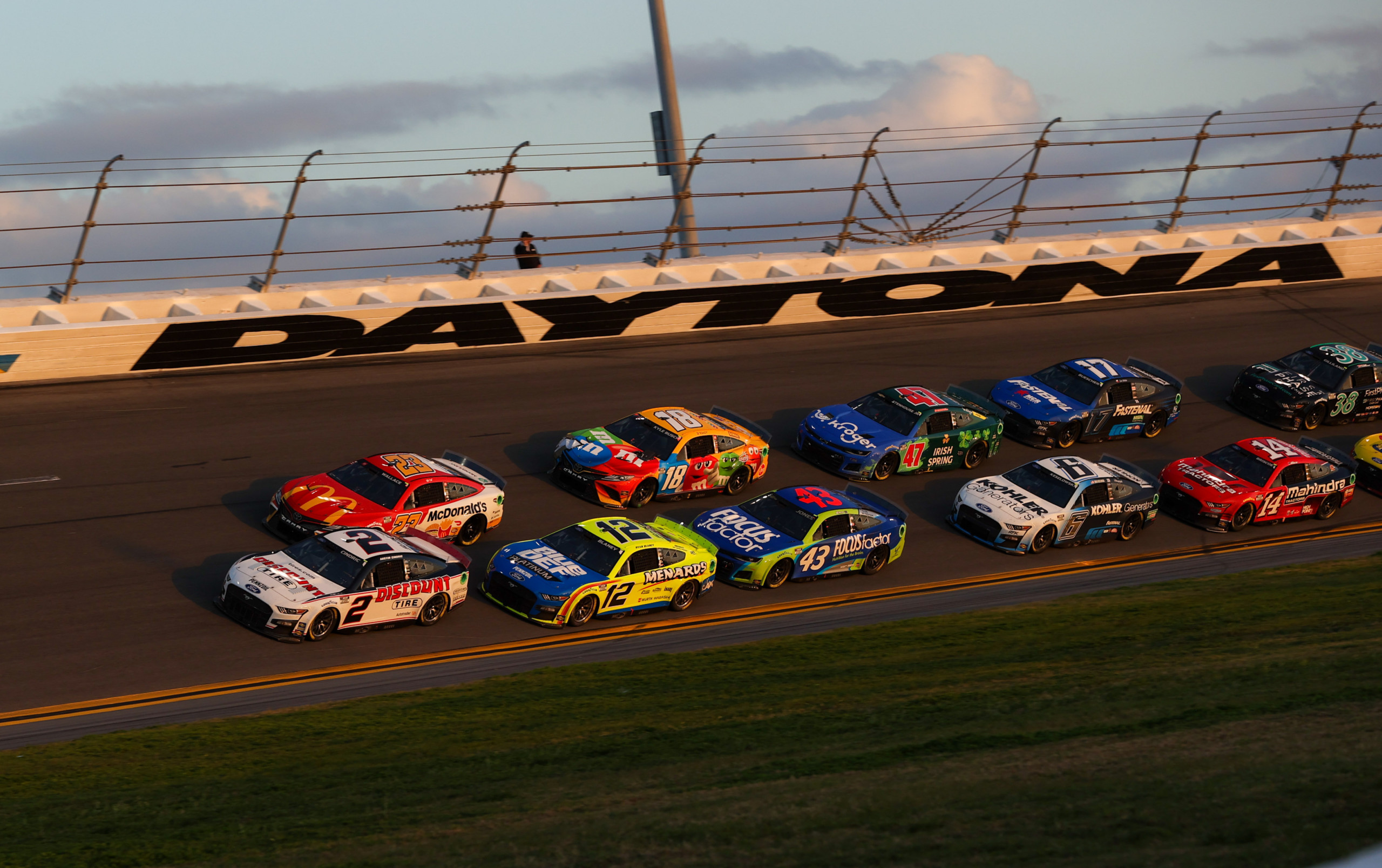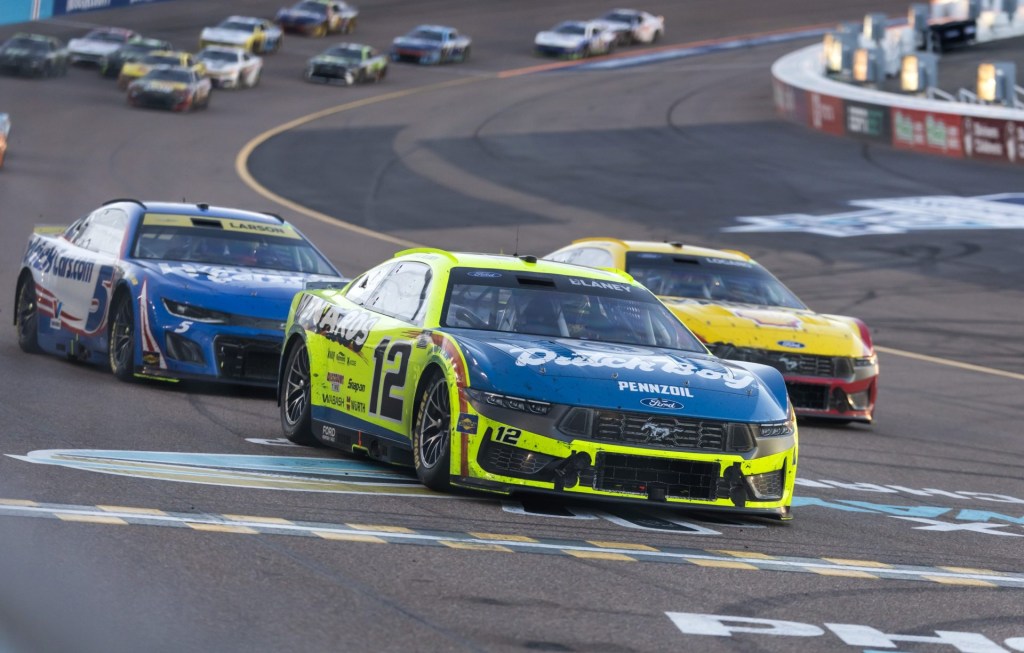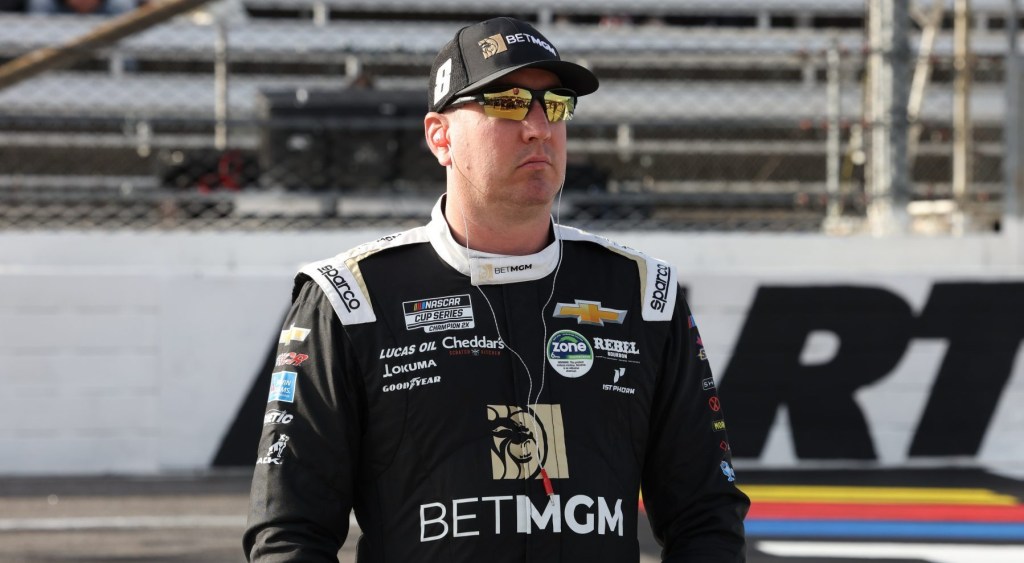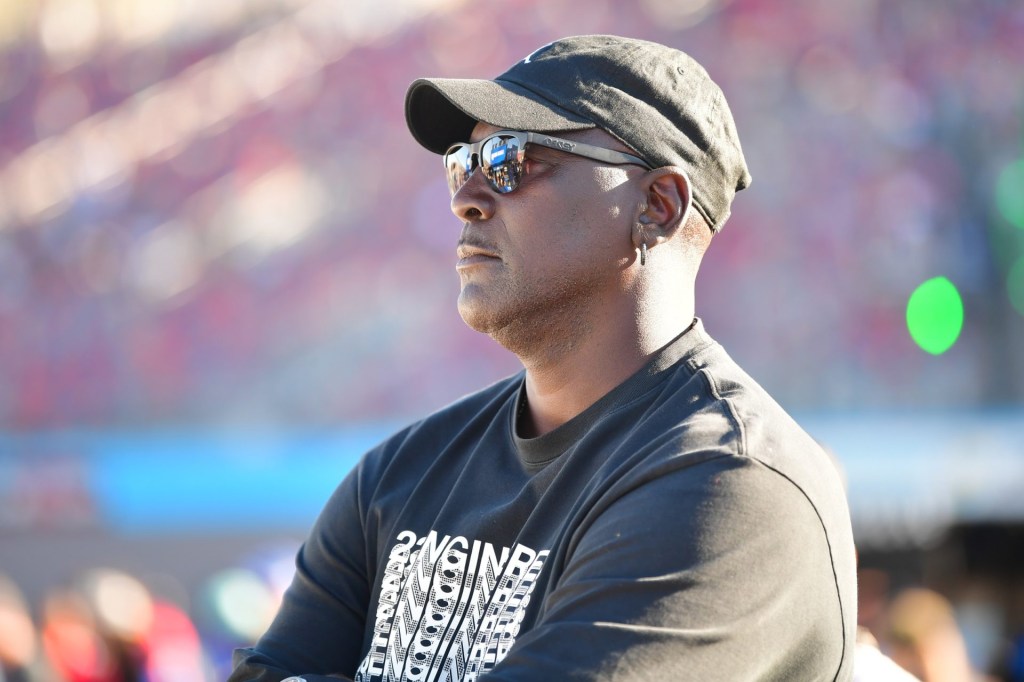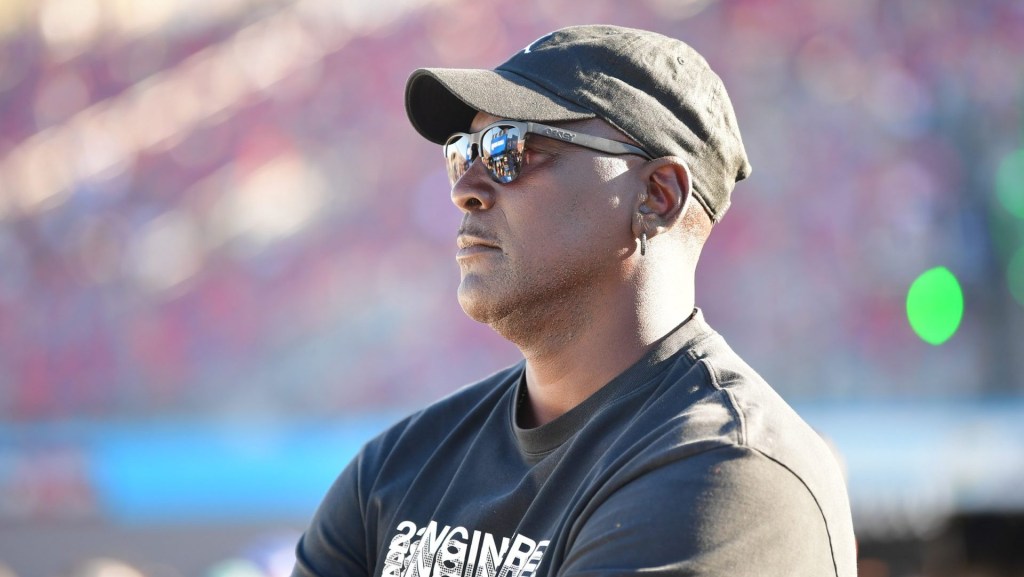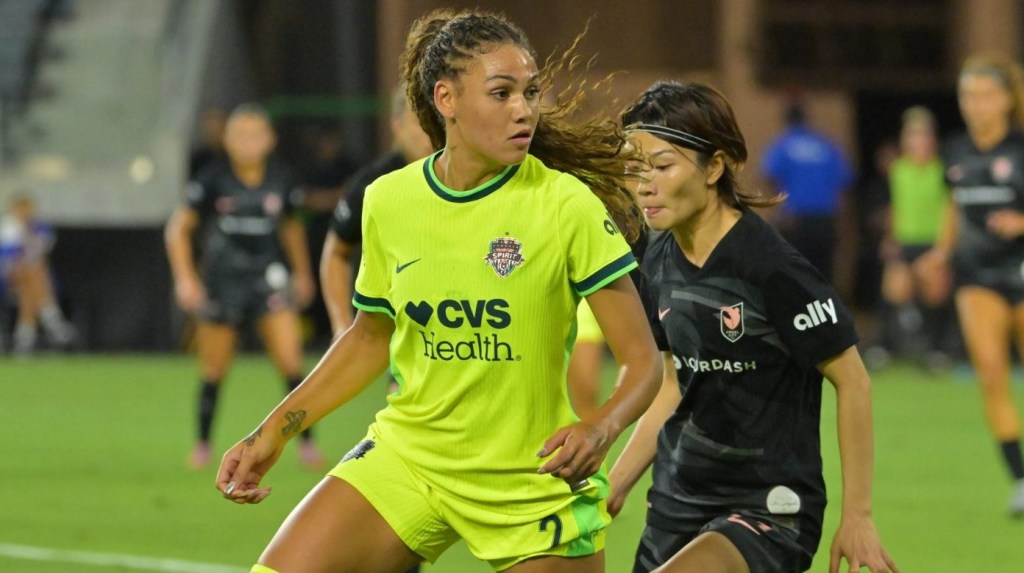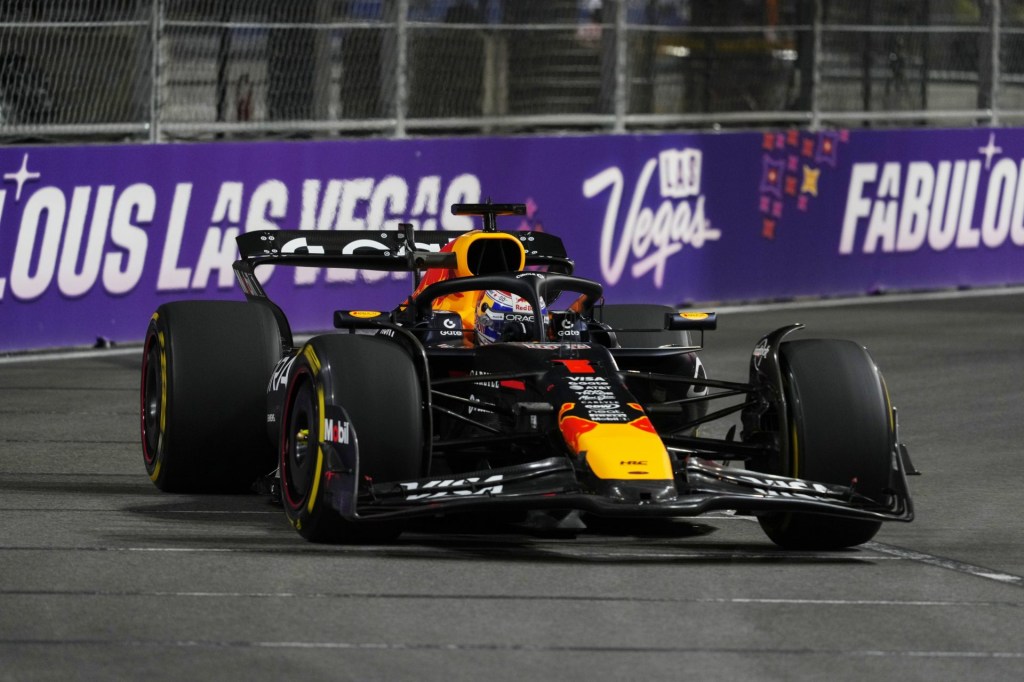NASCAR is the premier motorsport competition in the United States and remains extremely popular across the country. It’s had a massive presence in American culture with drivers like Richard Petty, Dale Earnhardt Sr. and Jr., Tony Stewart, and Jimmie Johnson becoming household names.
Plus, there is massive pop-culture crossover with Michael Jordan becoming a prolific (and disruptive) NASCAR team owner in recent years, while Pixar’s NASCAR-inspired Cars film franchise has grossed more than $1.7 billion in its nearly 20-year existence.
Looking for info on how to become the next great NASCAR driver? Here’s what you need to know about the path toward racing at iconic tracks like the Daytona International Speedway.
Early Path to Becoming a NASCAR Driver
Here are some early steps an aspiring NASCAR driver can take while still in childhood and adolescence:
- Spend time around a team: Not only attending a NASCAR race in person but also acquiring a pit pass to watch drivers and teams up close is a great way to get an education in the inner workings of NASCAR driving. It doesn’t necessarily need to be a high-profile race or team, either—Motorsport.com suggests simply going to your local track and striking up conversations with drivers or crew members when possible, while Hendrick Motorsports stresses the importance of volunteering on a lower-level team to learn in less high-caliber (and high-stress) environments.
- Start karting: As is the case with other aspiring high-level athletes, it’s wise to start at a young age. In motorsports, this comes in the form of local karting clubs, where aspiring drivers can start working their way up from as young as 5 or 6 years old.
Related: How to Become an F1 Driver
- Advance to cars: When a driver becomes of age to start legally operating cars, it’s time to do so on the race track as well. There are many avenues to do so, and drivers should choose one that helps the most with specialized training and experience. At this point, drivers can start racing in NASCAR-sanctioned local events such as the Advance Auto Parts Weekly Series and regional events such as the Whelen Modified Tour and ARCA Menards Series.
- Network: Don’t lose those connections around NASCAR and stock car racing that you made when you were young. That not only makes you attractive to teams as a racer but also to sponsors. Per Motorsport.com, developing relationships with potential sponsors in person or via online platforms such as social media will be a key step in your development as a racer due to the financial resources they provide.
- Attend a racing school: NASCAR drivers need to know the ins and outs of both driving techniques when racing and the vehicles they will operate. While the lower-level races themselves will provide needed experience, it’s important to still hone your skills via a racing skill, per Motorsport.com.
Skills and Qualifications Needed
Below are some of the main skills and credentials needed to start your NASCAR racing journey:
- NASCAR racing license: Once a driver is ready to participate in a NASCAR-sanctioned event, they’ll need a racing license. Licenses for several of the lower-level events listed above are publicly available to apply for on NASCAR’s website. Drivers will earn eligibility to higher-level series with experience at lower levels.
- Financial resources: These don’t all have to come out of pocket, depending on your ability to attract sponsors for races. But massive amounts of money will be needed to buy and/or maintain qualified race cars as well as pay license fees and travel to races farther and farther away as you progress.
- Physical fitness: NASCAR drivers are racing at speeds of nearly 200 miles per hour, meaning they need to keep their bodies primed to deal with the massive forces of inertia that generate against them in the drivers’ seats.
- Car expertise: Yes, they may have a pit crew, but drivers must also have intimate, direct knowledge about what needs to be done to fine-tune their cars for peak race performance, per Motorsport.com. It’s also a key aspect of improving their overall driving skill.
Responsibilities of NASCAR Drivers
Responsibilities of NASCAR drivers include:
- Traveling by car or airplane to races at farther distances across the state or country depending on the level of the race series.
- Making split-second decisions about acceleration, steering, and turning, as well as when to perform dangerous maneuvers that can lead to race-disqualifying clashes.
- Constant radio communication with pit crew members over race strategy and needed pit stop repairs.
- Maintaining positive relationships with their respective teams and sponsors.
- Staying in prime physical condition while also maintaining an appropriate weight so their car is not too light when they sit in it.
Salary Expectations
NASCAR drivers make an average of around $112,000 per year, according to RacingNews365. However, the top drivers in the NASCAR Cup Series make several million dollars annually.
Top NASCAR Cup Series earners currently include Kyle Busch of Richard Childress Racing ($16.9 million per year), Denny Hamlin of Joe Gibbs Racing ($13.1 million per year), and Martin Truex Jr. of Joe Gibbs Racing ($10.4 million per year).
Related: The Top 25 Highest-Paid NASCAR Drivers
Job Outlook for NASCAR Drivers
There are thousands of stock car racing drivers across NASCAR’s various levels, as NASCAR does not have a limit on the total number of racing licenses it issues.
However, many of these levels, particularly in the lower tier, are considered semi-professional, meaning it can be hard to make ends meet if racing at those levels is your lone source of income.
The number of drivers in the NASCAR Cup Series fluctuates—there are usually 40 drivers per race, but not every driver competes in every race. ESPN currently lists 51 drivers eligible for the NASCAR Cup Series in 2025.
Want more of the latest news surrounding the business of NASCAR, along with every other major sports league? Be sure to sign up for our flagship newsletter, “The Memo,” for more great content, special access, and insight.
